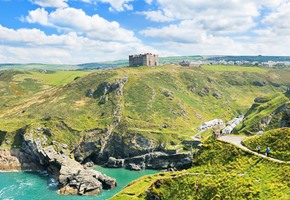
Seven Ideas for a Sustainable Holiday by Rail
09/07/2021 · By Sukie Chapman
Plan a sustainable holiday by rail with Great Rail Journeys. Explore our blog for six eco-friendly travel ideas to inspire your next amazing trip.
Read moreA must-visit on any Croatia holiday, Zagreb has been a focal point of culture and science for centuries, and now of commerce and industry as well. It lies on the intersection of important routes between the Adriatic coast and Central Europe. Today's Zagreb has grown out of two medieval settlements that developed on neighbouring hills for centuries.
The first written reference to the city dates from 1094, when a diocese was founded on Kaptol, while in 1242 neighbouring Gradec was proclaimed a free and royal city. Both the settlements were surrounded by high walls and towers, remains of which are still preserved. When the Croatian people achieved their independence in 1991, Zagreb became a capital - the political and administrative centre for the Republic of Croatia.
Zagreb is also the hub of the business, academic, cultural, artistic and sporting worlds in Croatia. Many famed scientists, artists and athletes come from the city, or work in it. Zagreb can offer its visitors the Baroque atmosphere of the Upper Town, picturesque open-air markets, diverse shopping facilities, an abundant selection of crafts and a choice of vernacular cuisine.
A city of green parks and walks, Zagreb also offers many places to visit in the beautiful surroundings. The city now boasts a population of over one million. In spite of the rapid development of the economy and transportation, it has retained its charm, and a relaxed feeling that makes it a genuinely human city.
Find out more with a free brochure and enjoy weekly travel inspiration and offers in our e-newsletter.
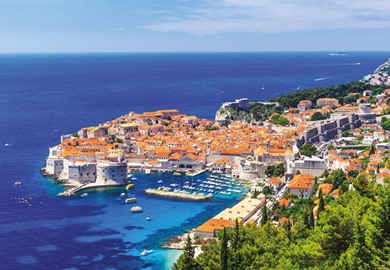
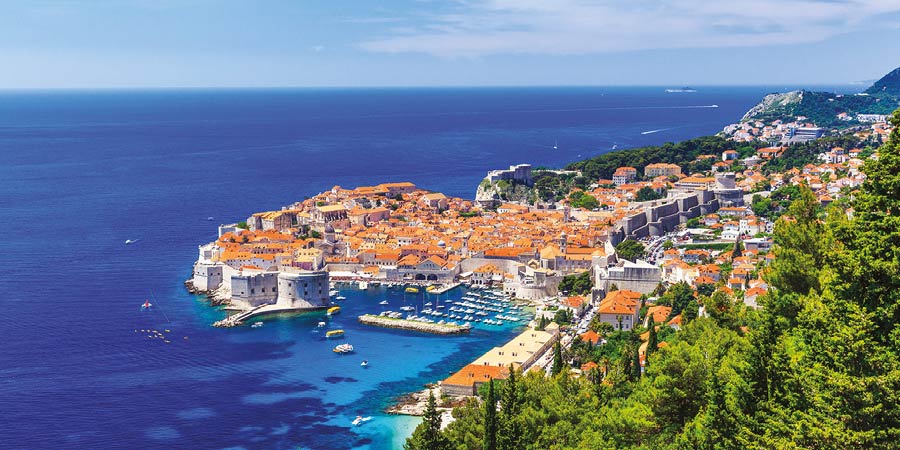
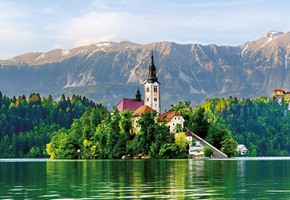
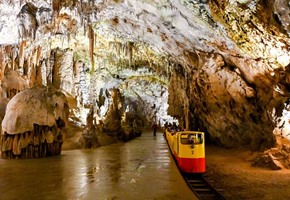
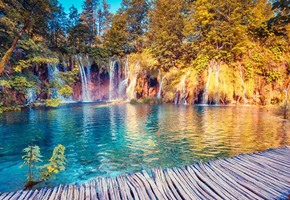
 (62 reviews)
(62 reviews)Marvel at stunning natural wonders and idyllic towns during a 13-day holiday to the three former Yugoslavian countries of Slovenia, Croatia and Montenegro. Unwind beside Lake Bled, uncover Slovenia's capital of Ljubljana and take a charming rail trip into the otherworldly Postojna Caves. Explore Croatia's historic capital, Zagreb, admire the...
